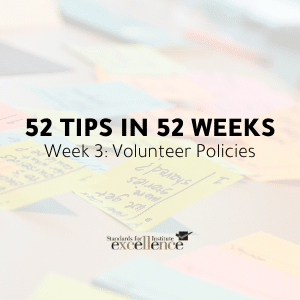Sustainability in Uncertain Times: What We’re Still Getting Wrong
Most of us were never taught how to lead through chronic uncertainty.
So we reach for tactics when what we need is culture—habits of leadership that make uncertainty livable.
The leaders I see thriving right now aren’t the ones with the biggest budgets or the most polished plans.
They’re the ones who treat uncertainty as normal. They don’t wait for stability—they build within volatility.
To build within volatility means accepting that change isn’t an interruption—it’s the environment.
It’s designing systems that flex when the ground shifts.
It’s making decisions that work under pressure, not just on paper.
It’s budgeting for learning, not just delivery.
It’s leading with clarity, even when certainty is out of reach.
Here are four habits I see in organizations that are holding steady:
- Anticipate change. They scan for signals, not just numbers.
- Communicate reality. They name what’s hard instead of hiding it.
- Empower decision-makers. They trust staff to act on values, not just rules.
- Learn publicly. They share lessons as they go, not just at the annual report stage.
When we shift from “How do we survive this year?” to “Who are we becoming through this?”, sustainability stops being a scramble and starts being a practice.
When the conversation turns to sustainability, it usually turns to money.
But when I talk to leaders who are truly steady in unstable times, they talk about infrastructure.
They’ve done the hard work of understanding their true cost—staff time, systems, compliance, technology, emotional labor. They stop treating these as “overhead” and start seeing them as the backbone of mission integrity.
And they have to. Because the data tells us what the eye already sees: nationally, nonprofits are still below their pre-pandemic employment peak—about 1.4% lower than in 2019 (Bureau of Labor Statistics). The pressure is real—and growing.
Sustainability isn’t a financial formula. It’s a way of leading when the ground won’t stop moving. We’ve mistaken sustainability for stability—when it’s really about adaptability.
Rather than chase stability, design for motion. The world we’re in won’t stop changing.
Plans shift. Conditions change. What endures are leaders who can steer their teams through turbulence. The future belongs to those who lead through the storm—not around it.
The most innovative CEOs I know have stopped trying to out-plan uncertainty. They’re building muscles for it.







